Today Sega released its Integrated Report 2022 and it included plenty of interesting details about the developer and publisher’s plans and business.
First of all, we hear from CEO Haruki Satomi, who states that his goal is to make Sega Sammy’s Japan’s number one entertainment company, able to release products that truly represent the country.
I want us to turn out hits that truly represent Japan and give rise to social phenomena. In the
past, we have created products like Pachislot Hokuto No Ken and MUSHIKING: The King of Beetles that reached beyond the Group’s existing fan base, gaining recognition even among people who are not typical game players and garnering widespread public attention.Going forward, I want us to turn out hits that go above and beyond these crazes. The latest Sonic movie is one such hit. Released worldwide in the spring of 2022, Sonic the Hedgehog 2 broke the record for the highest grossing video game-based film ever in the U.S., and met with high acclaim worldwide. I saw a local shopping mall in the States that was overflowing with Sonic merchandise. Those are the kind of hits we want to create, titles that represent Japan, and we want to see similar scenes all around the world demonstrating their huge popularity.
Satomi-san goes on to explain that one strategy to generate the kind of titles he’s talking about is the creation of the previously-mentioned Super Game. One such title is in development with a target release before March 2026.
Satomi-san also sets the sales target for such a game in 100 billion yen, just under $700 million.
One strategy for generating such hit titles is the creation of a “Super Game”—a large-scale global title. We’re currently developing such a game, targeting release by the fiscal year ending March 2026. The ultimate goal in the “Super Game” strategy is to create a game so revolutionary that it attracts far more active users than any of the Group’s games to date. One key to achieving this goal is whether we can draw together a large community, involving not only players but also streamers who stream the
game and viewers who watch their videos. That kind of community expands and further develops game content, adding value to the game that is unimagined by developers, and sparking a broader movement—which can then draw in even more users and grow the game’s presence dramatically. If we can set off this kind of virtuous cycle, I believe reaching target lifetime sales for the “Super Game” of ¥100.0 billion is entirely feasible.More than anything else, the starting point for building that kind of community is creating an interesting game that gains user support. Truly interesting games attract a lot of people, and a variety of communities naturally spring up around them. For this reason, we’ve started collecting user data, such as what kind of games users play, how long they play, and how often. By reflecting this data as well as our experience and knowledge in game development, while drawing on our capabilities in digital technology, we hope to create an appealing game that meets the demands of future users.
One relevant strategy Sega is engaging with is simultaneous worldwide releases.
Satomi-san also explains that previously there was skepticism within Sega about releasing Japanese games simultaneously worldwide. Yet, the company has realized that carrying out with the usual sales strategy would let the massive global game companies get ahead.
This climate within the company was changed completely in the wake of the success of the Persona and Like a Dragon/Yakuza series, which sparked growth of sales globally.
As a result, there is now a conviction within Sega that Japanese IP can connect well with global audiences.
In the fiscal year that ended in March 2022, Sega released 7 new games in line with this new strategy, selling about 6 million units. In the current fiscal year ending March 2023, the company aims to release 13 games, and the forecast is that they may sell about 13 million units.
Another aspect of Sega’s new strategy is prolonging the life cycle of its products with remakes, remasters, and spin-offs. There have been multiple new games released according to this strategy in the fiscal year that ended in March 2022, and they sold about 4 million units. On top of that, Sega is also diversifying its monetization strategies such as supporting subscription services.
The final point of Sega’s strategy is strengthening user engagement using a mix of media and other approaches to connect the company’s IPs with more people. Sonic is an example, with the movies and animated series added to games like Sonic Frontiers.
Interestingly, Satomi-san also explains that he has a theory that a company that does not create empathy does not survive the market. He wants to create entertainment that can move the users’ hearts by surpassing their expectations. As a result, employees will also be moved and get motivated, creating a virtuous cycle.
“I have a theory that a company that does not gain empathy can’t survive in the market. In the Japanese term “empathy” (kyokan) I’m using here, in addition to its original meaning, I also include the idea of “being moved together.” Our mission is to be Constantly Creating, Forever Captivating—continuing to create experiences that move the heart. By seeing our customers be moved, our employees are also moved. This feeds into greater pride and motivation in what we do. In turn, the power of proud, motivated employees enables the Group to grow further, giving rise to a chain-reaction of experiences that move the hearts of all our stakeholders, including business partners, shareholders and other investors, and people in society. To me, this is the true meaning of empathy.
So, what can we do to move people’s hearts in this way? The answer lies in offering entertainment that surpasses people’s expectations. People are satisfied with products and services that meet their expectations, but their hearts aren’t moved—that only happens they glimpse a future that they’ve never felt or experienced before. This is why we should always pursue new forms of entertainment with an eye to the future, continuing to embrace challenges, not wedded to the past.”
Basically, Sega’s strategy to expand its brands is as follows.
- Expanding touchpoints with users
- Strengthening global roll-out
- Multiplatform support
- Multilingual support
- Prolonging product life cycles
- Utilizing IP assets
- Strengthening digital sales
- Multichannel monetization
- Strengthening user engagement
- Community management
- Strengthening the mix of media
Interestingly, we also get to hear about the specific strategy for Sega’s subsidiary Atlus, which focuses on the “utilization of a lineup of titles that are highly acclaimed by users”
This includes remastering and the utilization of existing IPs and multiplatform deployment to build a global fan base.
The report also included a summary of sales for Sega’s major IPs. This includes 19 million units for the Shin Megami Tensei series, 15.5 million for the Persona series, 40.4 million for the Total War series, 1.51 billion units for the Sonic series, 5.8 million units for the Sakura Wars series, and 19.8 million units for the Yakuza/Like a Dragon series.
Do keep in mind that these include free-to-play downloads.
Speaking of the Persona series in general, the report also mentions that Persona 5, Persona 5: Dancing in Starlight, Persona 5 Royal, and Persona 5 Scramble: the Phantom Strikers generated 7.22 million units sold, 77% of which were outside of Japan.
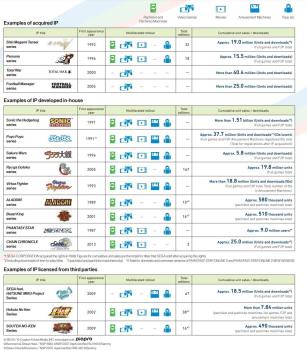

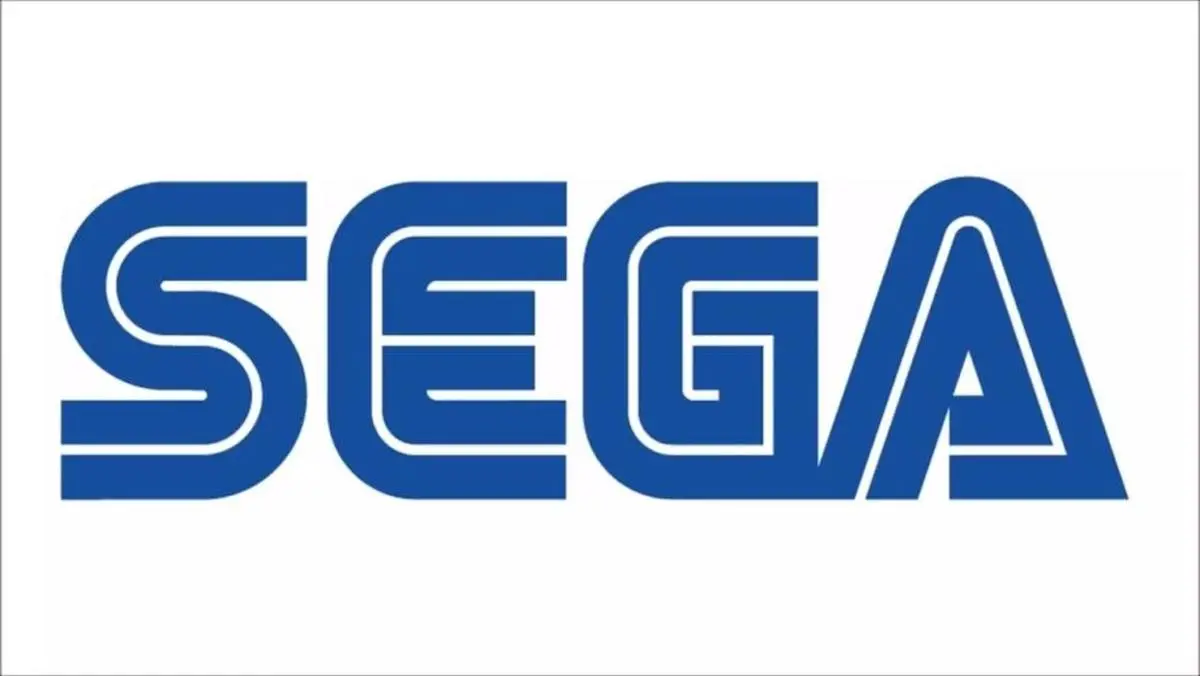
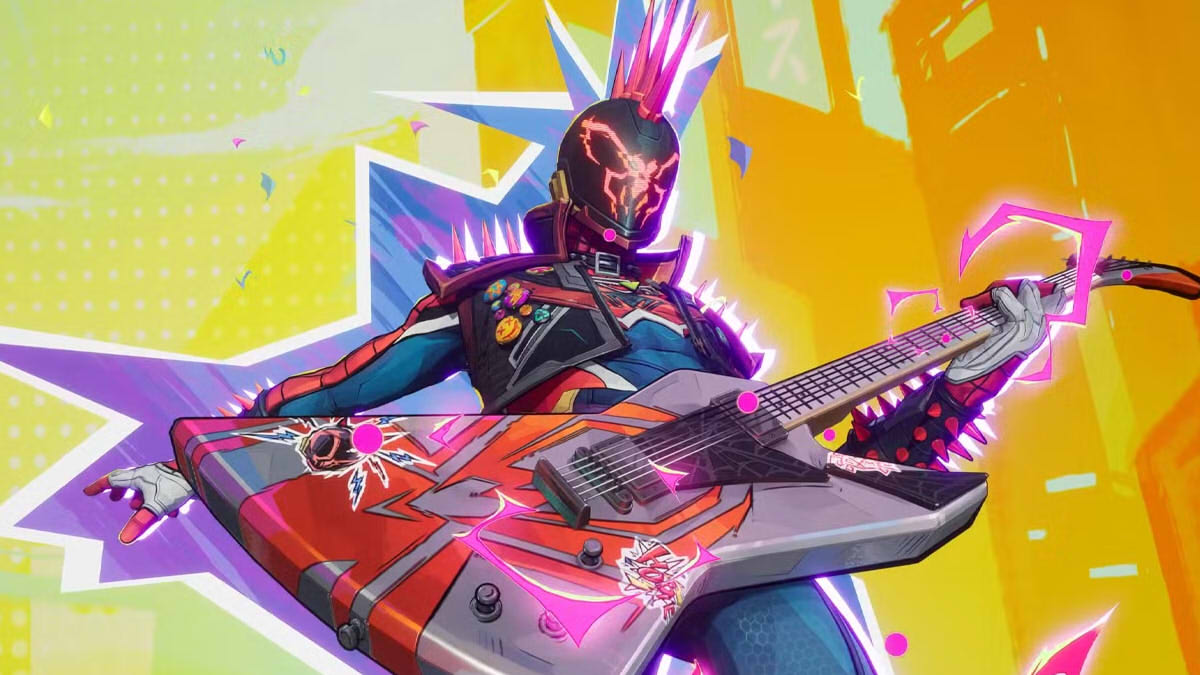
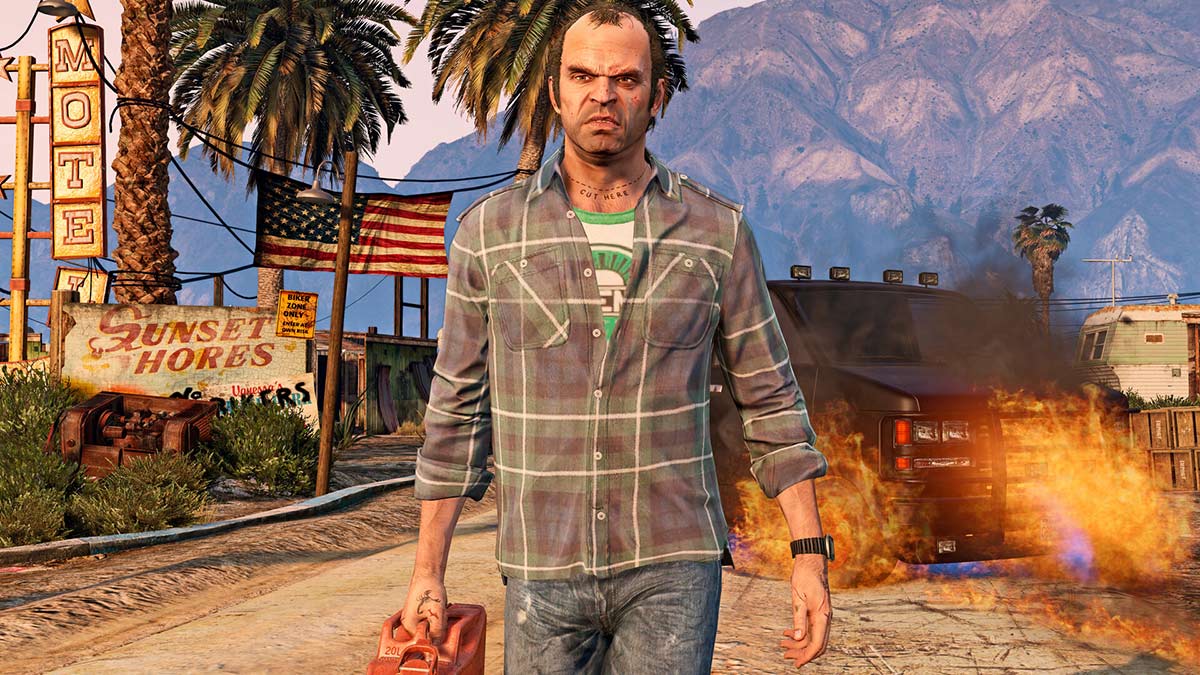








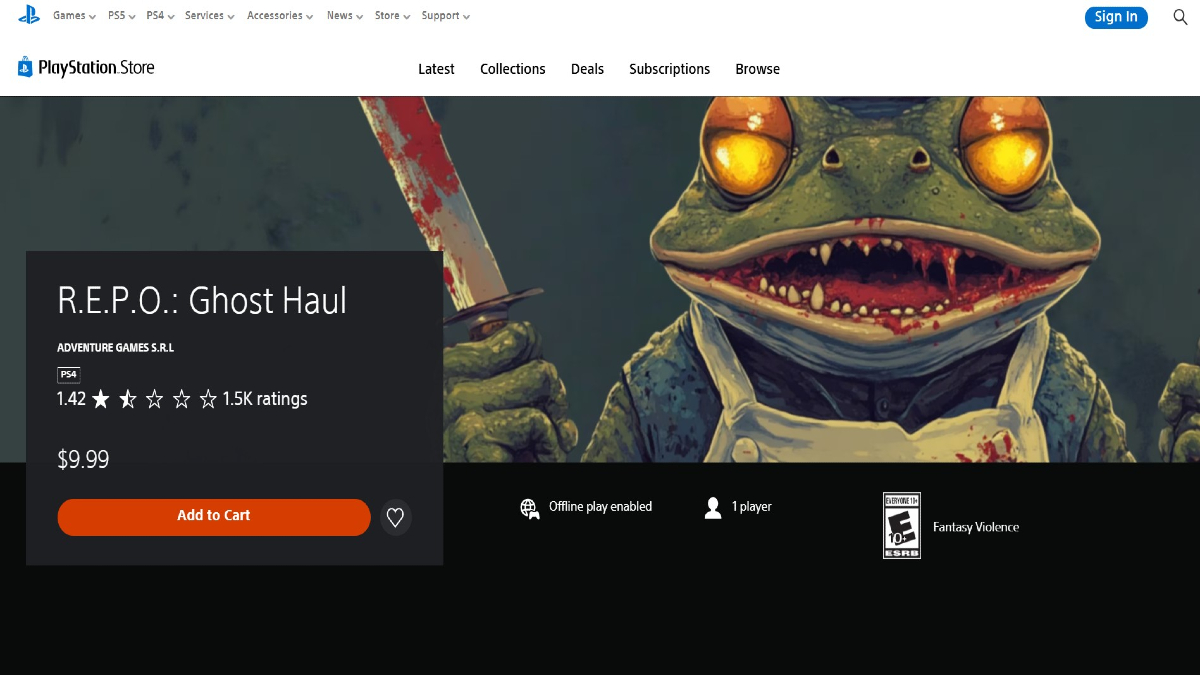
Updated: Oct 28, 2022 11:02 am